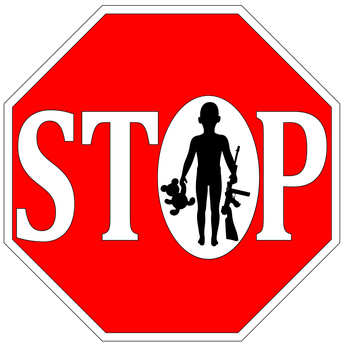
The information in this article by the American Academy of Pediatrics publication Pediatrics in Review provided me with some eye opening information. The article is titled Preventing Gun Injuries in Children by Crossen et al.
The topic of gun ownership fosters very passionate responses among Americans. There has been many well publicized events in the media highlighting children and guns and the unfortunate events of their deaths or injury. In this article it is indicated that 20-33% of all homes with children have at least one gun. Alarmingly, 5% to 10% of the guns in these homes are unlocked, stored and loaded. Gun-related deaths among children is alarming with data from 2008-2010 demonstrating a rate of gun-related deaths among children at 3.4 per 100,000 compared with a gun fatality rate of 10.3 per 100,000 for all Americans. These rates increase with the child’s age. The data on homicide and suicide among children shows suicide is the fourth leading cause of death for children between the ages of 10 and 14 an the second leading cause of death for children between eh ages of 15 and 19. Between 26% and 43% of those who committed suicide died of gun related injuries.
The article goes on to discuss intentional nonfatal injuries and racial and ethnic disparities in gun-related injury and death. Children of Color are disproportionately affected by gun violence. Gun violence among Black and Hispanic children are 4 and 7 times more than what is experienced among white children.
Much media coverage has focused on gun violence in the hands of law enforcement. Many may remember the 12 year old boy, Tamir Rice, who was killed by police when it was thought he had a gun which in fact turned out to be toy gun. Events such as these, shed light on the fact that our children are not immune to the ills of guns and other firearms even in the public realm.
As a pediatrician, my role is to always assess the safety of the home for the child. It is a health related matter. The AAP has stated that avoidance of these weapons in the home is the most effective way to prevent homicide, suicide or any gun related injuries. Not all states will allow pediatricians to make this risk assessment however citing privacy of firearm owners. An integral part of the well child exam is assessing safety; for adolescents we use the HEEADSSS assessment which stands for
- Home environment
- Education
- Employment
- Activities
- Drugs
- Sexuality
- Suicide and Depression
- Safety
In the above assessment, we usually interview the adolescent alone with parents outside the room. It is the strong contention by the AAP that a home WITHOUT firearms is a safer home for children, however, there are parents who may not want to remove their firearms and so the emphasis is on proper storage of firearms.
See full article
http://pedsinreview.aappublications.org/content/36/2/43.full
